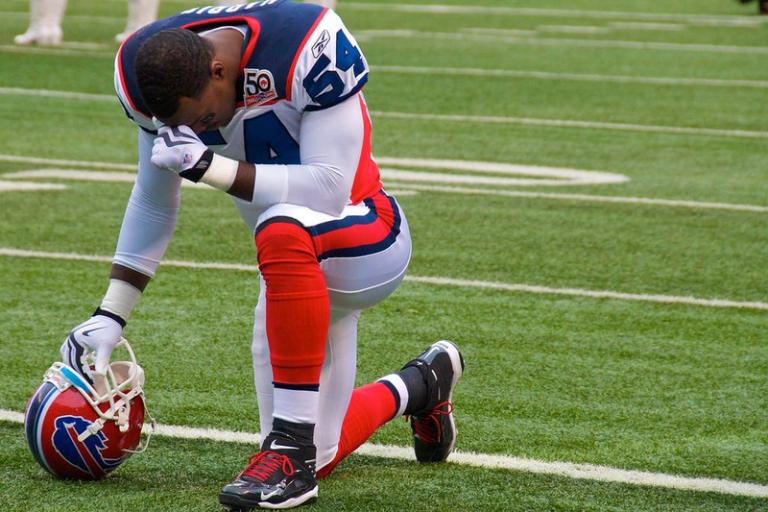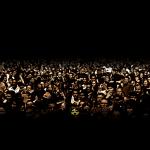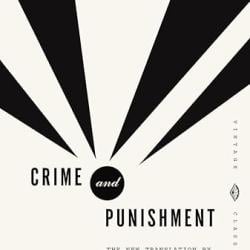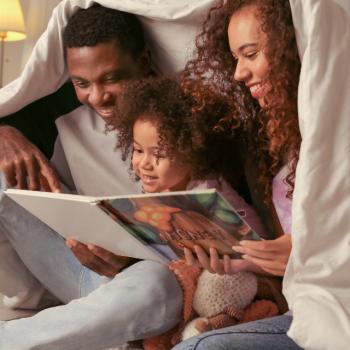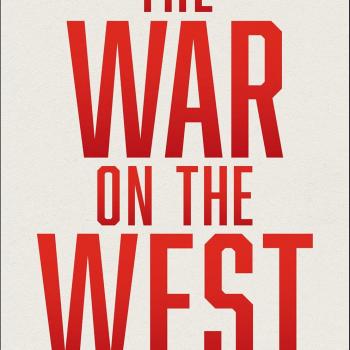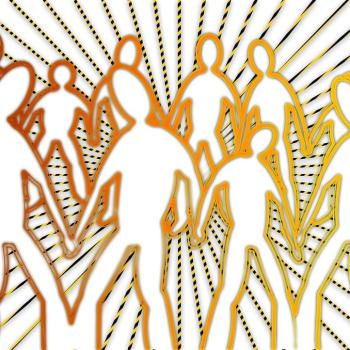It’s nearing NFL playoff time and it’s the Christmas season. So, here’s a topic that brings football and Christianity into conversation. Some people see the NFL’s post-game prayer circles as a simple act of faith. In fact, it has deep historical roots with significant cultural and political implications.
What kicked off the tradition?
This tradition can be traced back to a 1990 game between the New York Giants and the San Francisco 49ers. The inaugural prayer circle was the brainchild of the two team’s chaplains. From here, post-game prayer circles grew widespread practice across the NFL.
The organizers wanted to showcase the fundamental Christian unity that marks players, regardless of their team or other identities off the field. Pat Ritchie, the 49ers chaplain at the time, and Dave Bratton, the Giants’ chaplain, were inspired by a similar practice from college football. The players from both teams readily agreed to come together after a game.
The first post-game prayer occurred after a 1990 Giants-49ers game. Several players from each team kneeled in prayer amidst the chaos of a nearby fistfight. This juxtaposition of conflict and prayer grabbed media attention, marking the first public display of this new practice. The Giants continued the practice in the games that followed. Eventually, the ritual spread across the league to other NFL teams. Bratton coordinated with chaplains of opposing teams to organize Christian players to pray after the game concluded.
Ever since, post-game prayer circles have become a mainstay in the NFL.
These moments where players express their Christian faith serve to transcend competitive sports rivalries. The practice also fosters a sense of unity among players. Every week, we even see stars like Broncos Pro-Bowl quarterback Russell Wilson continue the tradition. Regardless of the game’s outcome, Christ-following players come together at midfield and pray as a testimony of their love and unity in Christ.
Going back even further
This tradition of prayer among NFL players, however, is not a recent phenomenon. Its historical roots date back to the late 19th century in Ivy League colleges. Football, at that time, was seen by some as a way of developing both physical and moral character. Writer Richard Harding Davis’s 1893 account of the Yale-Princeton game highlighted an early association of football with moral and spiritual values.
The intertwining of prayer and football took a political edge with Notre Dame’s dominance in the 1920s. Football-related prayer rituals at Notre Dame, such as receiving communion before games, served as a statement of Catholic confidence amidst Protestant hostility. It was a way for Catholics to affirm their place in a predominantly Protestant-led country.
The political significance of prayer in football continued through the decades. In the 1950s, as professional football moved into the mainstream of American culture, players like Dan Towler gained attention for leading prayers. Why? Interestingly, we wanted to express his desire for racial harmony in the NFL and society at large. However, by the 1960s, prayer in football became more conspicuous, with evangelicals turning football prayers into venues for showcasing their faith.
Not everyone is a fan
Of course, many people criticized this prayer movement. Even today, public prayer in football is often viewed with contention. For instance, one should only think of people’s polarized reactions to Tim Tebow’s “Tebowing” and Colin Kaepernick’s protest during the national anthem.
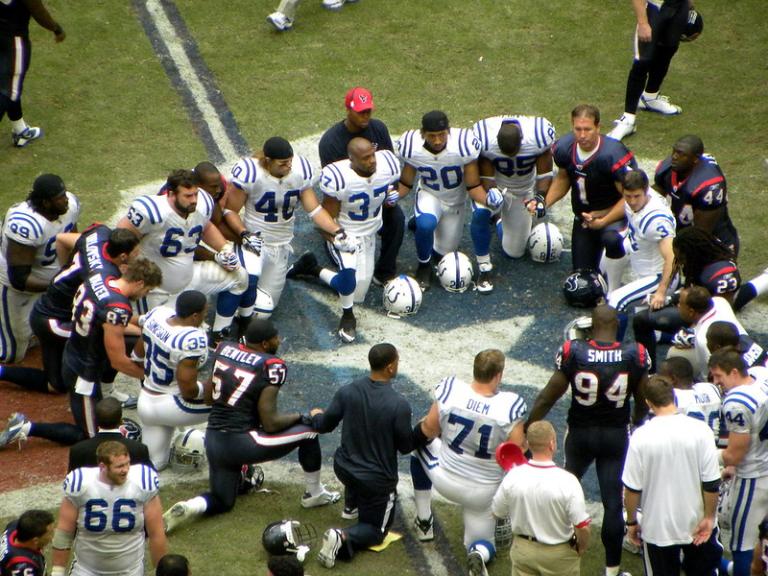
Sports columnist Rick Reilly questioned whether such public displays of faith should be deemed appropriate. He compared them negatively to other historical instances of religion intermingling with public life. Despite this criticism, the post-game prayer circle was distinct from other forms of in-game prayer because it did not focus on a game’s outcome but on the players’ gratitude to God for their abilities and Christ’s work in the world.
The NFL’s initial reaction to this burgeoning tradition was not favorable. At first, they imposed a non-fraternization rule in 1991, threatening fines for post-game interactions between players of opposing teams. This rule was rightly perceived as targeting the prayer circles. Still, the practice continued, reflecting the players’ earnest commitment to Christ over the fear of fines.
Attention again turned to the place of prayer in the NFL following the heart-stopping injury of Buffalo Bills safety Damar Hamlin. During a televised Monday Night Football game, Hamlin’s fainting and trip to the emergency room sparked an outpouring of prayer and support across social media. This response underscored the deep-rooted connection between faith, football, and broader sentiments within American culture.
Will this tradition continue?
Some aren’t sure.
Baylor historian Paul Putz says that the future of prayer in the NFL will remain a subject of debate and evolution. I would state the point more directly and say this: we shouldn’t be surprised if NFL executives try to stop these personal expressions of faith, even though they are actions freely taken up by individuals.
In conclusion, the tradition of post-game prayer circles in the NFL is more than mere religious ritual. It’s emblematic of the ever-evolving relationship between sports and religion within American society. From its inception in the Ivy League to its current expression in the NFL, this practice encapsulates a rich history with cultural and political significance.
What are we to imagine of its future as the NFL and other sports grow internationally? One wonders how the increasingly Christian Global South will contribute to and/or modify this tradition within other sports.
Want to learn more? Here are a few sources I found helpful.
- “Why Football Players Pray: A History of Prayer Circles in the NFL.”
- “THE INCREASE: What About a Prayer? – The History of #HisHuddle.”
- “Damar Hamlin put prayer in football back in the spotlight.”
- “The Power of Ritual: A Case for the Prayer Circle.”
- “Faith on the Field: The Story Behind NFL Prayer Circles.”
- “Football and the Political Act of Prayer.”
- “Prayer in the NFL? The powers that be worry about this complex, controversial subject.”
- How 49ers, Giants started postgame prayer tradition 25 years ago
- Mattingly: When did prayer become acceptable to the NFL?
- Taking a knee: Professional football and its mysterious postgame prayer


